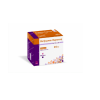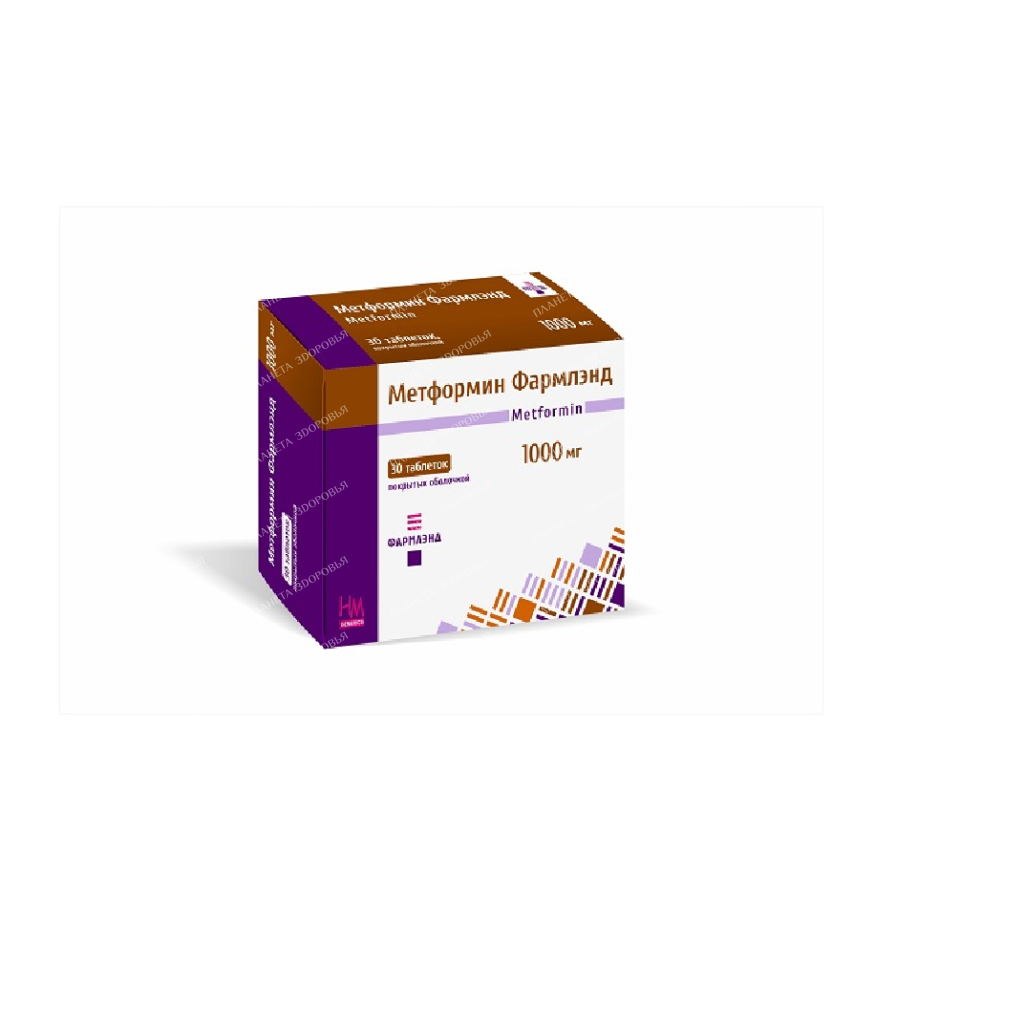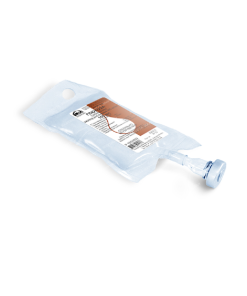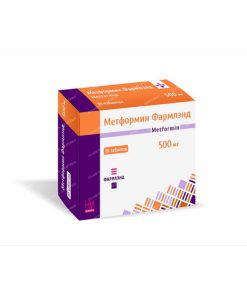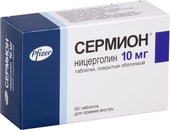Metformin Pharmland Tablets 1000mg: Comprehensive Guide for Type 2 Diabetes Management
Description:
Metformin Pharmland tablets (1000mg) are a highly effective medication used to manage type 2 diabetes. These film-coated tablets contain the active ingredient metformin hydrochloride, which helps lower blood sugar levels in individuals with insulin resistance. This detailed guide provides comprehensive information about Metformin Pharmland, its uses, dosage, potential side effects, and important safety considerations.
Key Features & Benefits:
- First-Line Treatment: Metformin is often prescribed as the first-line treatment for type 2 diabetes, especially for patients with obesity and those who have not seen satisfactory results with diet and exercise alone.
- Versatile Therapy: It can be used as monotherapy (sole treatment) or in combination with other oral antidiabetic medications or insulin to achieve optimal blood sugar control.
- Reduces Diabetes Complications: Metformin has been shown to reduce the risk of developing complications associated with diabetes, including heart disease, stroke, and kidney disease.
- Available in Different Strengths: Metformin Pharmland is available in different strengths (500mg, 850mg, and 1000mg), allowing for individual dose adjustments based on patient needs.
- Shell Roughness: The shell roughness of Metformin Pharmland tablets is allowed and does not affect the drug’s efficacy.
Indications for Use:
- Type 2 Diabetes Mellitus: Metformin Pharmland is used to manage type 2 diabetes mellitus (insulin-independent diabetes) in adults and children over 10 years of age.
- Obesity: Metformin is particularly effective in managing type 2 diabetes in obese patients.
Dosage and Administration:
Adults:
- Monotherapy or Combination Therapy: The usual starting dose is 500mg (Metformin Pharmland 500mg) two to three times daily, taken after or during meals.
- Dose Adjustment: The dose can be gradually increased based on blood sugar levels, with the usual maintenance dose being 1500-2000mg per day.
- Maximum Dose: The maximum daily dose is 3000mg per day, divided into three doses.
Children and Adolescents (Over 10 Years):
- Monotherapy or Combination with Insulin: The typical starting dose is 500mg once daily after or during a meal.
- Dose Adjustment: The dose should be adjusted based on blood sugar levels after 10-15 days.
- Maximum Dose: The maximum daily dose is 2000mg divided into two to three doses.
Elderly Patients:
Due to potential kidney function decline, the dose should be carefully adjusted under regular monitoring of kidney function (serum creatinine levels).
Use During Pregnancy and Lactation:
- Pregnancy: Metformin is not recommended during pregnancy as it can be harmful to the fetus. Insulin therapy is the preferred treatment for diabetes during pregnancy.
- Lactation: Metformin is excreted in breast milk. While side effects in newborns have not been observed, its use during lactation is not recommended due to limited data.
Precautions:
- Lactic Acidosis: Lactic acidosis is a rare but serious complication that can occur with metformin use. It is characterized by symptoms like fatigue, muscle pain, abdominal pain, and difficulty breathing. This risk is higher in individuals with kidney impairment, liver failure, and poorly controlled diabetes.
- Renal Failure: Metformin is excreted by the kidneys, so monitoring kidney function is essential. Regular checkups (at least once a year for normal kidney function, and 2-4 times per year for impaired function) are crucial.
- Surgical Interventions: Metformin should be stopped 48 hours before elective surgery and resumed only after 48 hours post-surgery once kidney function is evaluated.
- Children and Adolescents: Long-term effects on growth and puberty require careful monitoring, particularly in children aged 10-12 years.
- Lactose Intolerance: Metformin Pharmland contains lactose. Patients with lactose intolerance should avoid this medication.
- Hypoglycemia: Metformin alone does not cause hypoglycemia, but it can increase the risk when used in combination with other diabetes medications like insulin or sulfonylureas.
- Alcohol Consumption: Alcohol intake can increase the risk of lactic acidosis, particularly in individuals with malnutrition, liver failure, or poorly controlled diabetes.
Interactions with Other Medications:
Contraindicated Combinations:
- Iodine-containing Radiopaque Agents: Metformin should be discontinued 48 hours before and after X-ray examinations using these agents due to the risk of lactic acidosis.
Not Recommended Combinations:
- Alcohol: Avoid alcohol while taking Metformin Pharmland.
Combinations Requiring Caution:
- Danazol: Avoid concomitant use as danazol can increase blood sugar levels.
- Chlorpromazine: High doses can increase blood sugar levels.
- Glucocorticosteroids: Can increase blood sugar levels and may require dose adjustments of Metformin Pharmland.
- Diuretics: May increase the risk of lactic acidosis.
- Beta2-agonists: May increase blood sugar levels.
- Angiotensin-Converting Enzyme Inhibitors and Other Antihypertensive Drugs: May lower blood sugar levels.
Interactions with Other Diabetes Medications:
- Sulfonylureas, Insulin, Acarbose, Salicylates: May increase the risk of hypoglycemia.
Other Interactions:
- Nifedipine: Increases absorption and peak levels of metformin.
- Cationic Drugs: May increase metformin levels in the blood.
Driving and Operating Machinery:
Metformin Pharmland monotherapy does not typically cause hypoglycemia and thus does not affect driving or operating machinery. However, patients should be cautious when using metformin in combination with other hypoglycemic drugs as this can increase the risk of hypoglycemia.
Contraindications:
- Hypersensitivity: Allergy to metformin or any excipients of the drug.
- Diabetic Ketoacidosis, Precoma, Coma: These conditions require alternative treatment.
- Impaired Kidney Function: Creatinine clearance less than 60ml/min.
- Acute Conditions with Impaired Renal Function: Dehydration, severe infections, shock.
- Tissue Hypoxia: Heart or respiratory failure, acute myocardial infarction.
- Major Surgery and Trauma: When insulin therapy is indicated.
- Liver Failure: Impaired liver function.
- Acute Alcohol Intoxication, Chronic Alcoholism: Increases the risk of lactic acidosis.
- Pregnancy: Contraindicated.
- Lactic Acidosis: History of lactic acidosis.
- Radioisotope or X-ray Studies: Within 48 hours before and after using iodine-containing contrast agents.
- Hypocaloric Diet: Less than 1000kcal/day.
Side Effects:
The most common side effects of Metformin Pharmland are gastrointestinal problems like nausea, vomiting, diarrhea, and abdominal pain. These are often mild and usually resolve on their own, especially when the medication is taken with meals.
Other potential side effects include:
- Lactic Acidosis: Rare but serious complication.
- Vitamin B12 Deficiency: Can occur with long-term use.
- Taste Disturbances: Common.
- Impaired Liver Function and Hepatitis: Rare.
- Skin Reactions: Rare.
Overdose:
Overdose can lead to lactic acidosis. Seek immediate medical attention if overdose is suspected.
Storage:
Store Metformin Pharmland in a dry place, away from light and heat, at a temperature not exceeding 25°C. Keep out of reach of children.
Important Note:
This information is intended for general knowledge and should not be considered a substitute for professional medical advice. Always consult your doctor or a qualified healthcare professional for personalized advice on using Metformin Pharmland.
Buy Metformin Pharmland Tablets p/o 1000mg No. 10×3:
Please consult your doctor or pharmacist for information on obtaining Metformin Pharmland tablets. They can provide guidance on the most appropriate source for your needs.
| INN | METFORMIN |
|---|---|
| The code | 81 125 |
| Barcode | 4 810 368 009 494 |
| Dosage | 1000mg |
| Active substance | Metformin |
| Manufacturer | Pharmland SP LLC, Belarus |
Related products
Prescription Medications
 Free worldwide shipping on orders $99+
Free worldwide shipping on orders $99+  US: temporary delays — postal services aligning new import rules,
US: temporary delays — postal services aligning new import rules,  EU: 1–2 weeks,
EU: 1–2 weeks,  Worldwide: 1–4 weeks
Worldwide: 1–4 weeks 

